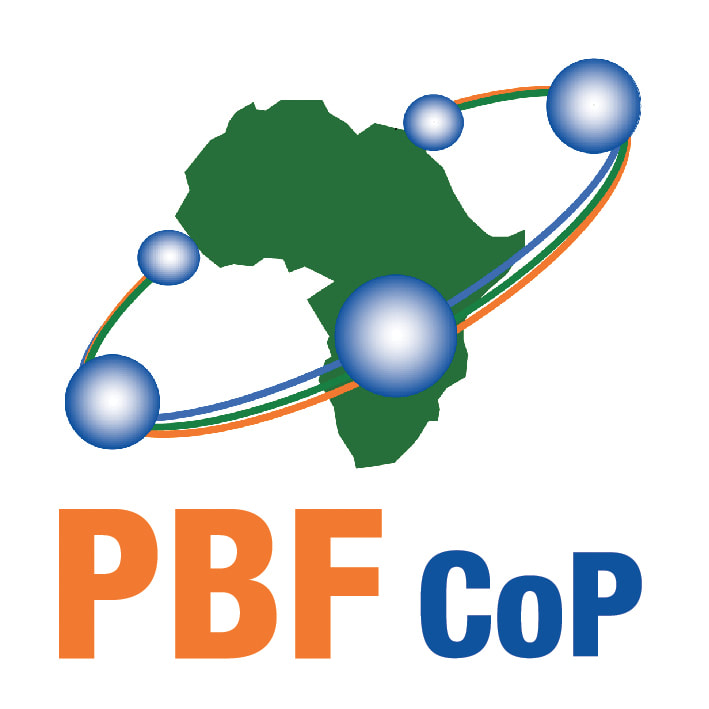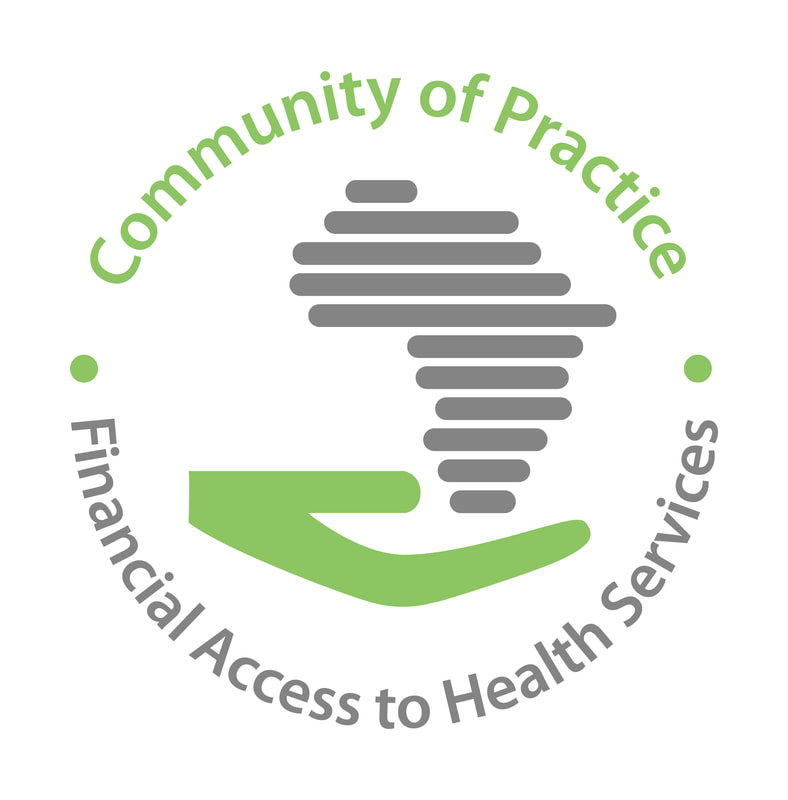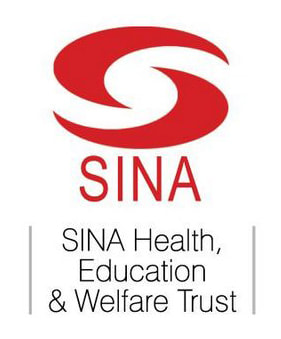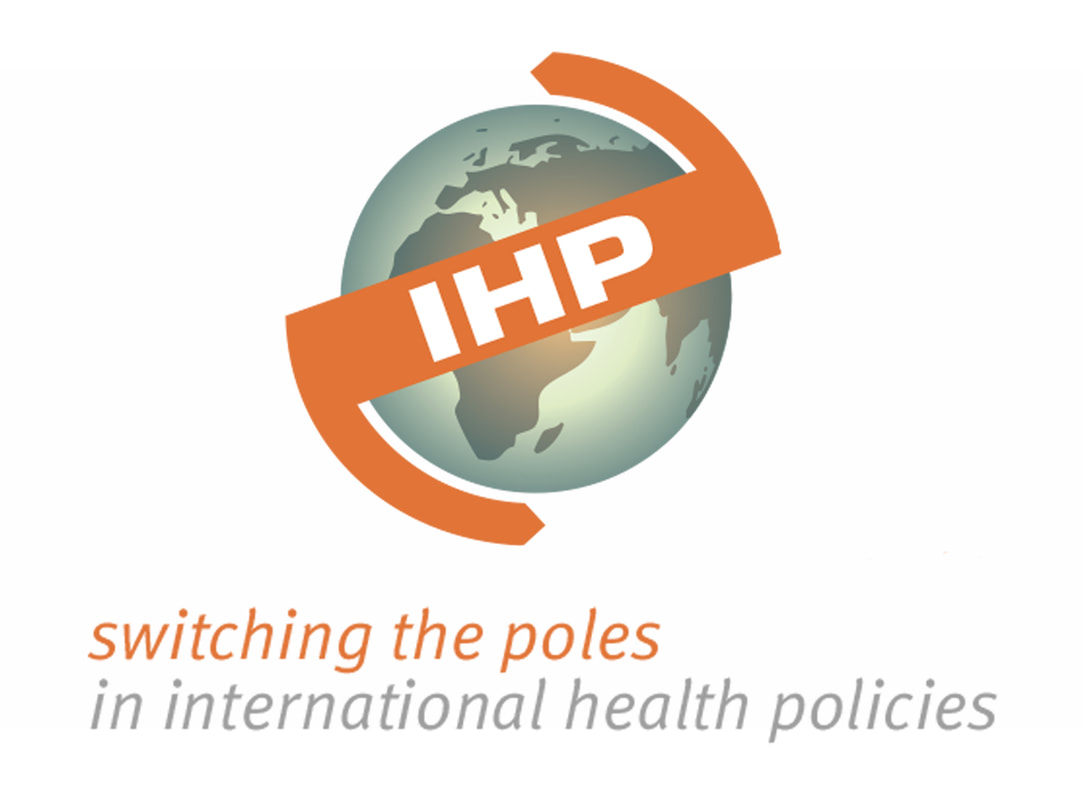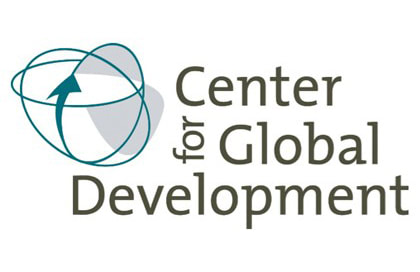Juliet, what were the objectives of this research?
The way the health system is financed has a bearing on the extent to which it can improve access to good quality health services and, protect households against financial hardship. Health financing plays a central role in achieving MDG targets and Universal Health Coverage (UHC). We note that several countries in the WHO African Region are lagging behind on meeting MDG targets; we undertook this research to understand the health financing changes that have occurred in countries, taking into account the main sources of funding over a 10 year period (2000 to 2009). Several countries in the Region are concerned with the low level of funding and high out-of-pocket payment (OOP), several are in the process or starting to elaborate health financing strategies while others are discussing/designing/implementing health financing reforms. This trend analysis can guide the debate on appropriate health financing strategies but also guide design of health financing reforms.
What are your main findings?
We noted varied levels of expenditure on health with some countries increasing investments while others reduced over the 10 year period. The number of countries achieving the Commission for Macroeconomics and Health recommendation of spending at least US$34 per person per year increased from 11 to 29 while number of countries achieving the International Taskforce on Innovative Financing recommendation of spending at least US$44 per person per year increased from 11 to 24.
Governments’ investment in health has increased in majority of countries over the 10 years period as evidenced by government spending on health as a percentage of total health expenditure increasing in 31 countries (out of 45 countries). We however noted that this decreased in 13 countries. Although the significance of private sources as a percentage of total health expenditure reduced, as evidenced by number of countries where private spending was 50% and above of total health expenditure decreasing from 29 (64%) to 23 (51%); OOP expenditure is still high and majority of countries are far from ensuring financial risk protection. Increase in prepayment through insurance was meager as evidenced by countries partially financing health through social security increasing from 19 to 21 and number of countries with private prepaid plans increasing from 29 to 31.
The results of your research revealed significant variation across countries in terms of government expenditure on health as a percentage of total government expenditure, and in terms of changes over the 10 years. According to you, what are major factors that made some government to increase their funding on and others decrease it?
Government funding plays a key role in financing health services given that it is flexible and more predictable than, for example, donor funding. It is a demonstration of government’s commitment to invest in health development of its citizens. In this research we indeed noted significant variations with some countries increasing their contribution to health as a percentage of total government expenditure while others reduced over the 10 year period.
There are several factors that made some governments increase their funding but we look at a few for some countries.
The commitment made by Heads of state in Abuja in 2001 could partly explain the increases in some of the countries. This commitment has been reiterated in several meetings of the African Union, Conferences of Ministers of Health and Ministers of finance conferences, sessions of WHO Regional committee for Africa, and several High-Level Health financing panels (Kampala, July 2010; Ethiopia, March 2011, Yamoussoukro, Sept 2012). These could have served as constant reminders to governments to increase investment in health. We however need to pay attention to the Abuja commitment criticism that has been raised several times regarding the appropriateness of the set percentage. Some have raised the issue that even if this is met, per capita investment in health will still be low while others have stated that these commitments are not feasible in the overall budgeting framework of a country. The minister of finance of Sierra Leone, in one of the panel discussions, presented a scenario where government commitments in terms of percentage allocation to the different sectors exceeded 100%. This could explain the stagnation or even a decrease in some of the countries.
There is a category of countries which registered significant increase in “General Government Expenditure” as a percentage of “Total Health Expenditure” which could be partly explained by a renewed vision on health in several ways. Here we note for example Ghana, Ethiopia, Uganda and Rwanda. These are countries that moved into Sector Wide Approaches (SWAps) where a clear vision was articulated, donor support harmonized and aligned to sector plans, delivery mechanisms streamlined and agreed between governments and partners and monitoring sector performance strengthened and made more inclusive. Instruments to guide implementation of health programmes under SWAps were developed (for example memorandum of understanding) that had commitments for all partners. Successes of this approach were documented for example in Uganda by Ortendahl. This could have portrayed the sector as more organized with a clear strategy and thus increase in investment by the government, but also in an effort to meet their commitment as laid down in guiding documents.
Some countries that registered decreases in health expenditure as a percentage of total government expenditure registered increases in contribution of external sources. For example, Sierra Leone, Eritrea, Kenya, Namibia and Swaziland are the countries in this category. The extent to which a replacement effect explains this phenomenon, where increases in external sources result into reduced investments from government resources, cannot be fully answered with available evidence, although it is a possible explanatory factor.
The future of domestic resources as a significant source of financing will depend to several: 1) the ability of countries to generate local revenue 2) strengthening administrative systems of tax collection and 3) political will to invest in health.
Lagarde and Palmer that you quoted in your article found increases in health service use when quality improvements were introduced at the same time as user fees. Could this be a good option/argument to maintain user fees so as to avoid resource gaps in health services delivery?
The high OOP for health remains an issue of concern given the negative consequences that have been a subject of debate for a long time. Some people have argued that if quality of care is going to be improved then perhaps user fees are not as bad as portrayed.
In our view, maintaining use fees because of possible quality improvements may not be a good option for several reasons. When we look at available evidence, where quality has been improved alongside user fees, these have been pilots or action research settings. Given the controlled nature of such demonstrations, intensified supervision and rigorous monitoring, implementing such a scheme at national level would be very costly. Regarding closing the resources gap, evidence has shown that in majority of settings the ability of OOP to achieve this is limited. Given the high OOPs for health in majority of countries in the African Region, exploring how this can be channeled through prepayment mechanisms is one of the options. One other issue that has not received adequate attention in the debate of reducing OOP payments is the role of the private sector. A significant percentage of the population, the poor included, seeks care in the private sector where costs are high and quality of care not guaranteed. Addressing the issue of OOP in the public sector alone is not enough to reduce OOP. There is need for regulatory mechanisms for the private sector to control cost escalation and ensure quality of care, and provision of subsidies to enable the private sector reduce costs.
In 2006 the fifty-sixth session of the WHO Regional Committee for Africa adopted a health financing resolution that urges member state to strengthen the national prepaid health financing systems. How these prepaid systems evolved since the resolution?
Since the resolution, even prior to this, several countries have been involved in discussing and designing health insurance schemes. Since 2000 Uganda has been discussing feasibility of introducing health insurance; which culminated in a SHI feasibility study in 2008. Kenya has been exploring expansion of the national hospital insurance fund to cover not only the formally employed but also those working in the informal sector. Burkina Faso, Lesotho, Swaziland and Zanzibar (in Tanzania) have undertaken feasibility studies. Rwanda undertook a detailed health financing review to guide further expansion of its community-based health insurance. Sierra Leone is in the stage of designing SHI scheme. Putting in place prepayment mechanisms is one of the big challenges faced by countries in the AFRO Regions. A lot of discussions and studies are going on but actual progress yet to be realized.
The delay on the design stage on one hand is understandable given the fact that several of the conditions that are favorable to putting in place health insurance schemes are not in place. For example, the formal sector is only a small percentage of the population, the population is largely rural based posing administrative challenges, incomes are low and the informal sector is not very organized in several of the countries. In addition, the fact that almost half of the African Region population live below the international poverty line poses a challenge of the ability-to-pay SHI premiums.
The challenges to be overcome to start off health insurance are several, among which is the weak health systems to deliver the designed benefit packages. This will call for specific grants to improve and expand the capacity of the system to deliver services within the package. Administrative capacity to design and manage insurance schemes is lacking in several of the countries. In country dialogue to reach a consensus has not been easy and the process has been a protracted debate of back and forth, for example discussions have been ongoing in Uganda since 2000, but even just agreeing on the design was only achieved in 2010. In Kenya the process went along way, but only for trade unions, private health insurance schemes, private hospitals and others with vested interests to object signing of the SHI bill into law at the last minute. Appreciation of health insurance and solidarity as a concept is still very low calling for rigorous awareness raising even among elite.
We however have health insurance success stories in, for example, Ghana and Rwanda. The decision of whether to start or not start a health insurance scheme is a country decision but careful attention must be paid to details in the design, development and phased implementation stages. It is critically important to develop mechanisms for diagnosing implementation bottlenecks and a plan for resolving them timeously to build/sustain confidence and trust.

